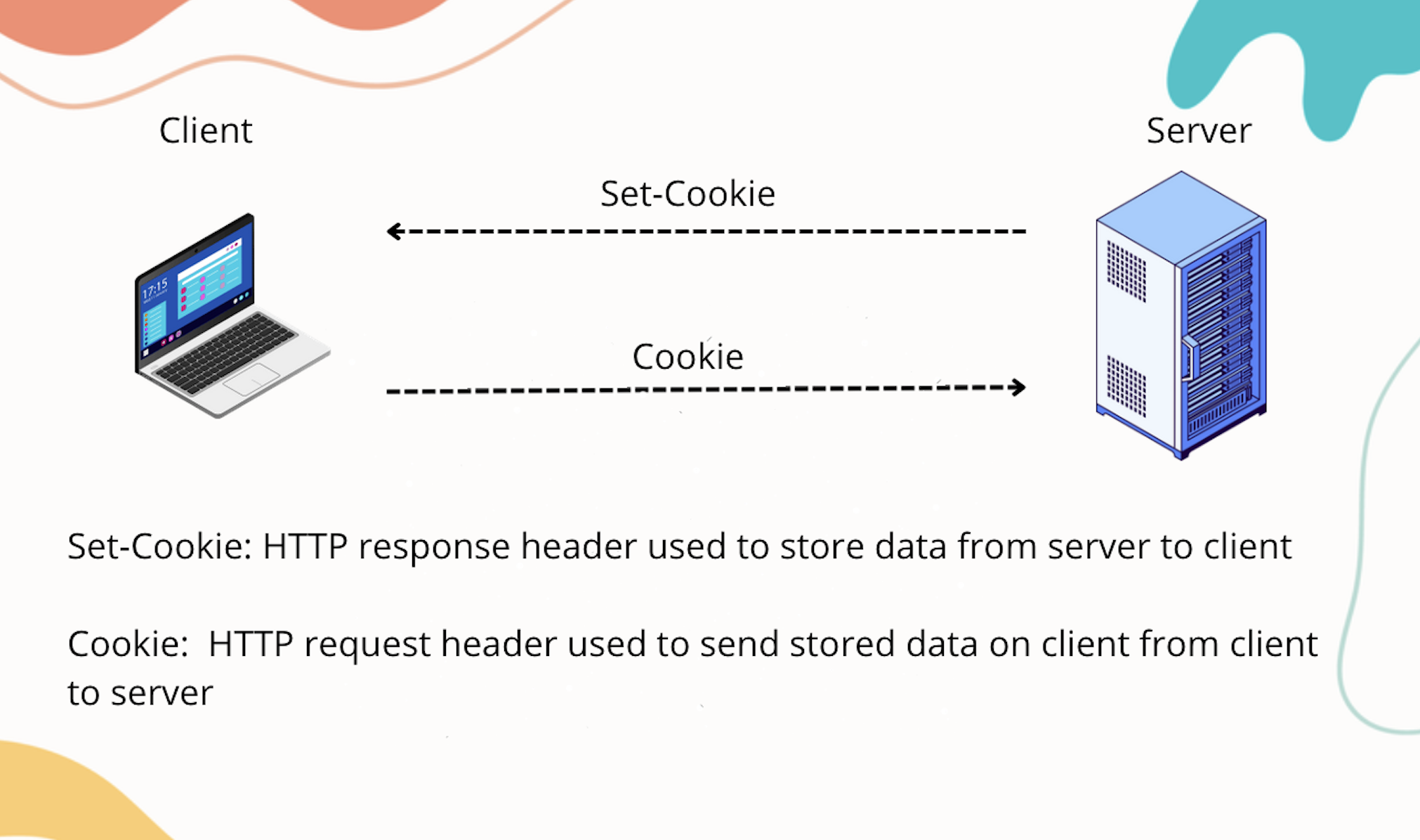A cookie story, Episode 1 - Understanding HTTP Cookies
 Antoine Mazé
Antoine Mazé
Cookies are small blocks of data stored in a client's web browser. They are used to store specific information and are sent back and forth between the client and the server using HTTP headers.
When a web server wants to send a cookie to the client, it uses the Set-Cookie HTTP header. This header is used to specify the details of the cookie, such as its name, value, expiration time, associated path, domain, and other attributes.
Here's an example of the Set-Cookie header:
Set-Cookie: cookie_name=value; Expires=date; Path=path; Domain=domain; Secure; HttpOnly
cookie_nameis the name of the cookie.valueis the content of the cookie.Expiresis an optional expiration date for the cookie. If not specified, the cookie will be deleted at the end of the browser session.Pathspecifies the server path for which the cookie is valid.Domainspecifies the domain associated with the cookie. If not specified, the default domain is the one from the server sending the cookie.Secureindicates that the cookie should only be transmitted over a secure connection (HTTPS).HttpOnlyspecifies that the cookie can only be accessed via HTTP and not by client-side scripts.
When the client receives the cookie, it stores it and sends it back to the server with each subsequent request to that server, using the Cookie header.
Here's an example of the Cookie header:
Cookie: cookie_name=value
The server can then read these cookie details from the Cookie header to identify the client, store user preferences, sessions, or other relevant data.
It's important to note that using cookies involves security concerns, especially regarding user data privacy. That's why measures such as the Secure and HttpOnly attributes are often used to secure cookies.
Moreover, regulations like the GDPR (General Data Protection Regulation) in the European Union require clear transparency and user consent for collecting and using data via cookies.
Finally, developers should take steps to secure sensitive cookies and be mindful of security best practices to prevent vulnerabilities such as script injection attacks or cookie theft.
Subscribe to my newsletter
Read articles from Antoine Mazé directly inside your inbox. Subscribe to the newsletter, and don't miss out.
Written by

Antoine Mazé
Antoine Mazé
Hello I am a solutions architect, I am sharing thoughts about Web development, APIs, Cloud and Security. Curious about people and technology, Feel free to reach out and have a chat.